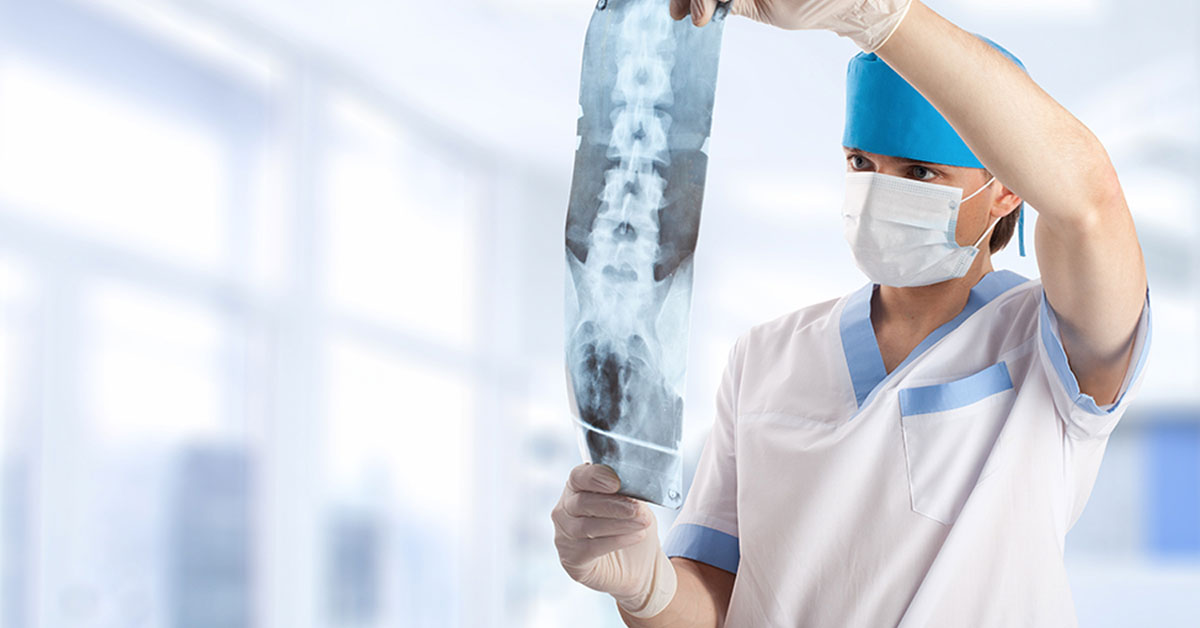
What is Lumbar Disc Microsurgery?
Lumbar disc microsurgery is a minimally invasive surgical technique that is used to treat herniation of the lumbar disc. It utilizes a special microscope that can clearly visualize the lumbar disc and the nerves that are close proximity to it. This microscope enables the surgeon to have a magnified view of the structures, thus helping them get clearer views and better access to the lumbar disc. The advantage of this minimally invasive surgical technique is that the damage to the neighboring structures is minimal.
When is Lumbar Disc Microsurgery Performed?
Lumbar disc microsurgery is performed when the intervertebral discs that lie between the lumbar vertebrae start to protrude out through their designated space and impinge upon the nerve fibres that originate from the spinal-cord. This disc prolapse can cause shooting pains down the leg with associated numbness. Patients may find difficulty walking and mobilizing as a result.
How is Lumbar Disc Microsurgery Performed?
Prior to the procedure, consent is obtained from the patient and the patient is administered a local anaesthetic or general anaesthetic. The site of operation is cleaned with antiseptic solution and covered in sterile drapes.
A small incision is made directly over the vertebra where the lumbar disc has prolapsed. Through this incision, instruments are inserted so as to gain access to the herniated lumbar intervertebral disc. When doing so, a small part of the vertebra called the lamina may need removed so as to gain access to the discs. The removal of the lamina is called laminectomy.
Once this aspect has concluded, the nerve fibers are visible and gently moved to the side. This allows clear visualization of the herniated lumbar disc. The part of the disc that is herniated is removed and any fragments are also taken out. The rest of the disc is left in place to carry on functioning as normal.
The instruments are then removed and the wound is closed with a simple bandage. The patient is observed for a short period of time, sometimes overnight, and is then discharged home.
After the Operation
Patients are requested to stay mobile following the surgery. If required, painkillers may be prescribed. It is not uncommon for patients experience mild amount of discomfort but this usually passes in a few minutes. Keeping mobile can help reduce the formation of scar tissue and promotes better healing.
Benefits
Most patients experience a great deal of relief of their symptoms, which persists for years to come.
Risks
It is important to remember that surgery helps most patients, not all of them. There is a small risk of damage to the nerve fibers arising from the spine during manipulation. Infections may occur but again these are rare.




